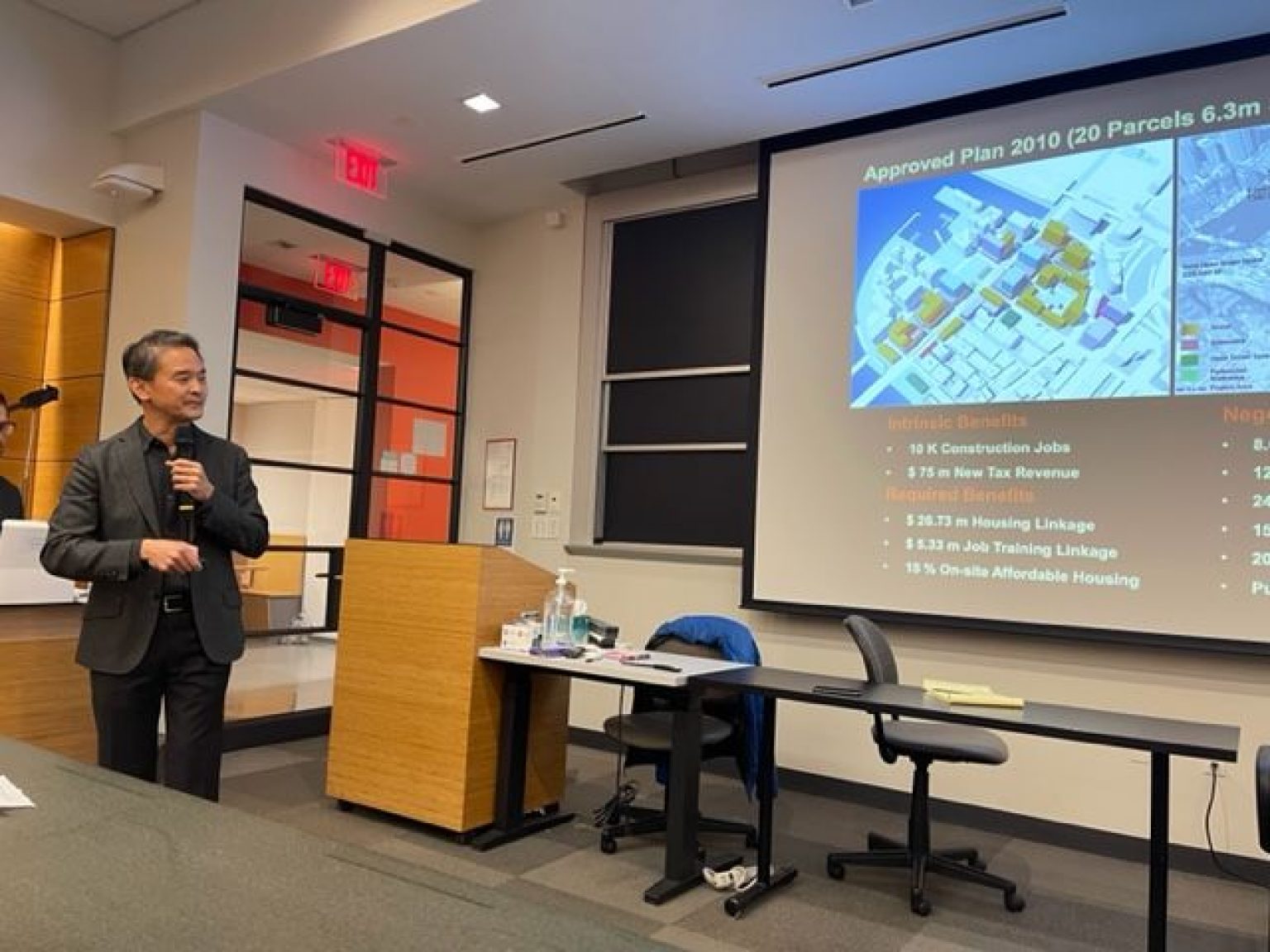
Presentations from the New Cities Conference
In collaboration with the Charter Cities institute (CCI), Sustainable Urbanization Lab (SUL) hosted the 2022 New Cities Conference earlier in October, where many amazing scholars & practitioners exchanged ideas on New Cities, Emerging Cities, Ghost cities and practices. Presentations are now available on YouTube.
Presentations
Urban Economic Vibrancy: Emergence of New Planned Cities in Asia
PhD Candidate in Political Science at the MIT Department of Political Science Angie Jo discusses the emergence of new planned cities in Asian countries in terms of economic vibrancy. She presents on her contribution to the book “Toward Urban Economic Vibrancy: Patterns and Practices in Asia’s New Cities.” Since 2000, the emergence of new planned cities has established a significant trend in urbanization across Asian countries. Central planners explicitly conceptualize these projects primarily as long-term investments for urban economic vibrancy. Angie explores new cities in Asia from the perspective of economic vibrancy, identifying key mechanisms for measuring success. The analytical framework addresses the mechanisms along three dimensions: underlying forces that foster the dense and diverse production and consumption activities; creative financing; and the digitalization of urban systems.
The Case for Charter Cities
Charter Cities Institute Executive Director Kurtis Lockhart presents at the 2022 New Cities Conference. He discusses why charter cities are important, what they are, common critiques and responses, as well as projects CCI is working on.
Ethiopian Urban Expansion: Urban Planning for New Cities
Patrick Lamson-Hall Research Scholar at NYU Marron Institute discusses the Ethiopian Urban Expansion Initiative, which serves as a blueprint for Sub-Saharan Africa urban expansion plans. He explains how cities can use urban expansion planning to accommodate new migrants and manage spatial expansion. Small investments allow cities to take control of peripheral growth for 30 years, organizing it into a framework that is economically and socially inclusive and more environmentally sustainable.
Malawi Secondary Cities Plan
ORG Permanent Modernity’s Kobi Ruthenberg (Partner, Director of NYC office) and Garine Boghossian (Architect, Urban Designer) presented on the Malawi Secondary Cities Plan. A collaboration with the National Planning Commission and ORG Permanent Modernity, this plan seeks to transform eight rural areas into secondary cities as one way of easing pressure on the current cities. The eight rural areas earmarked for development into secondary cities are Karonga, Nkhata Bay, Chipoka in Salima, Liwonde in Machinga, Monkey Bay in Mangochi, Kasungu, Luchenza in Mulanje and Bangula in Nsanje.
Private Cities: Implications for Urban Policy in Developing Countries
Former Chief Economist for Latin America, the Caribbean, and South Asia for the World Bank Martin Rama discusses private cities in developing countries. He explains how these major urban areas emerge where there are untapped urbanization needs, with non-government actors playing an important role.
The Making of the Seaport Innovation District
Kairos Shen Executive Director and Associate Professor of the Practice MIT Center for Real Estate discusses Boston’s Seaport District, sometimes called the Innovation District. He explores the extensive redevelopment of the former industrial area in recent years.
Three Pieces of Evidence for New Cities x Private Cities
Faculty Director, MIT Sustainable Urbanization Lab, MIT Department of Urban Studies and Planning, Siqi Zheng presents three different research papers on new cities. She covers how they can be used as a growth engine, the misallocation cost and high speed rail ghost cities in China.
- The birth of edge cities in China: Measuring the effects of industrial parks policy: https://www.sciencedirect.com/science…
- Do political connections help or hinder urban economic growth? Evidence from 1,400 industrial parks in China https://www.sciencedirect.com/science…
- “Ghost cities” versus boom towns: Do China’s high-speed rail new towns thrive? https://www.sciencedirect.com/science…



